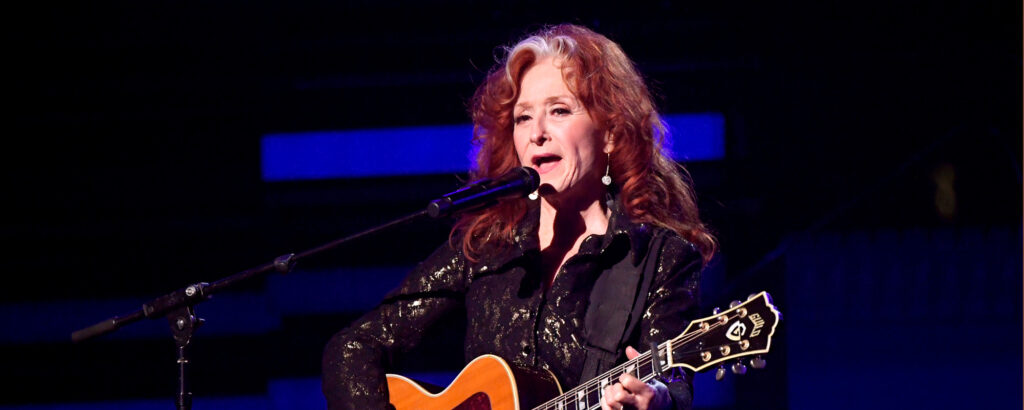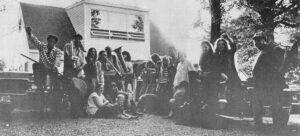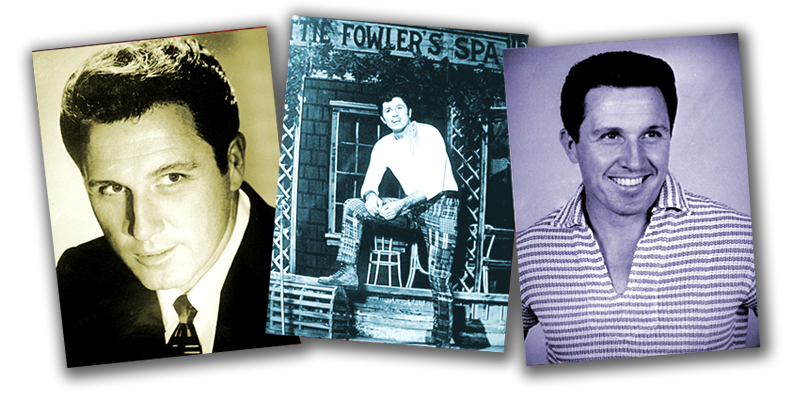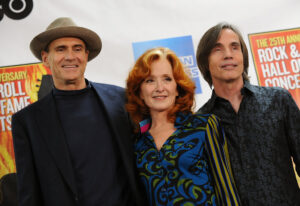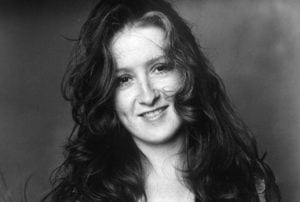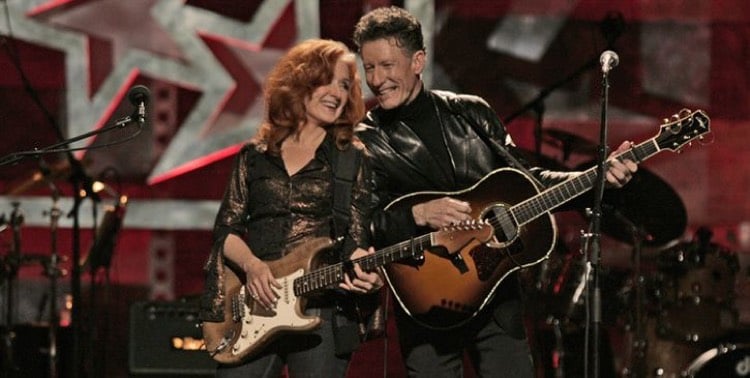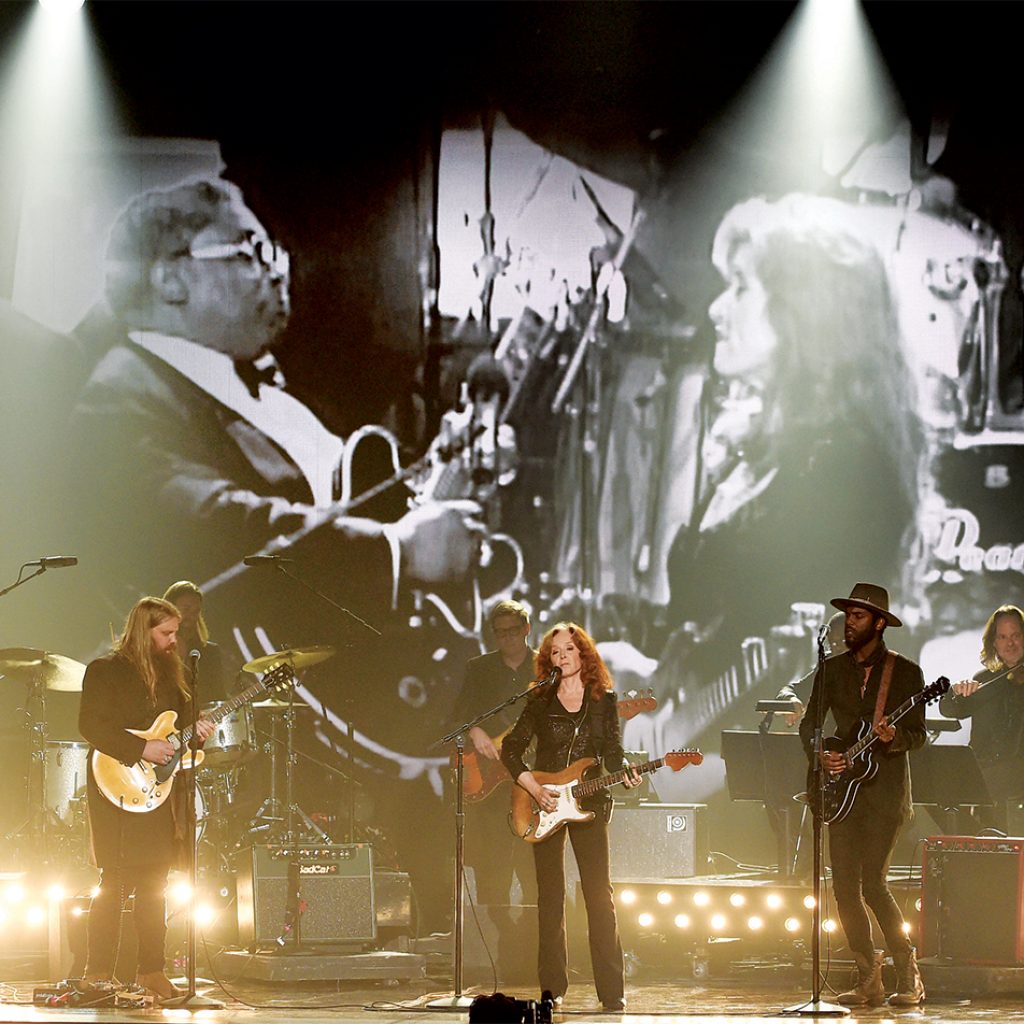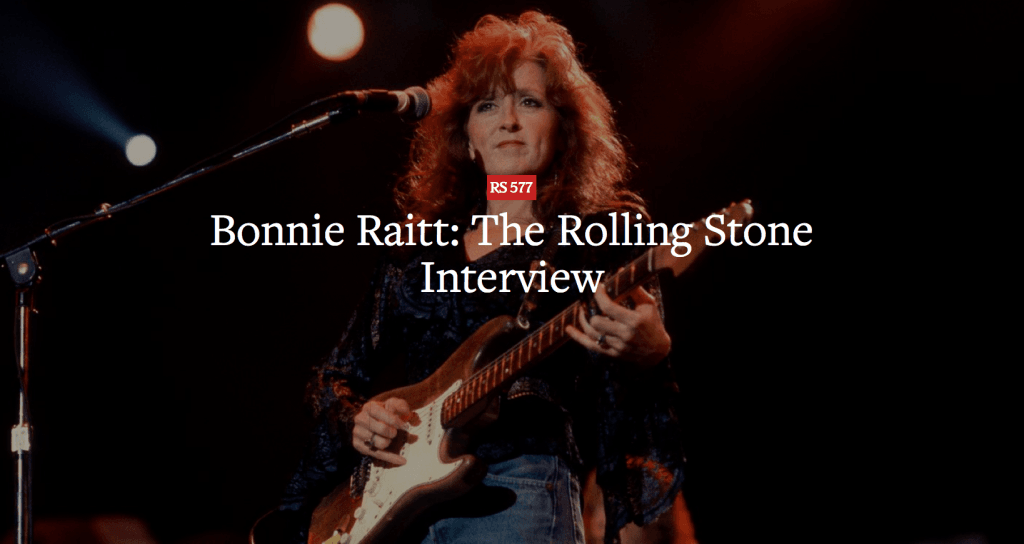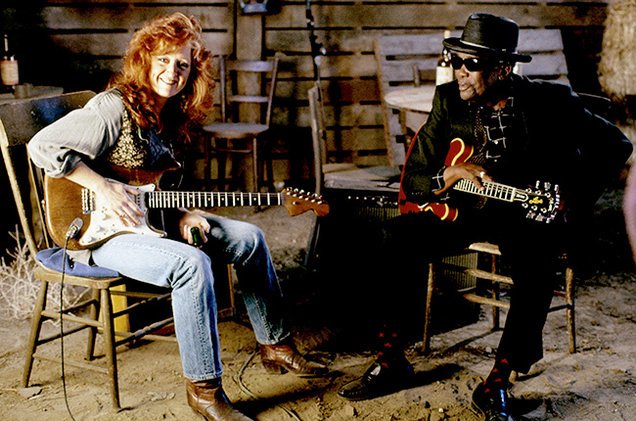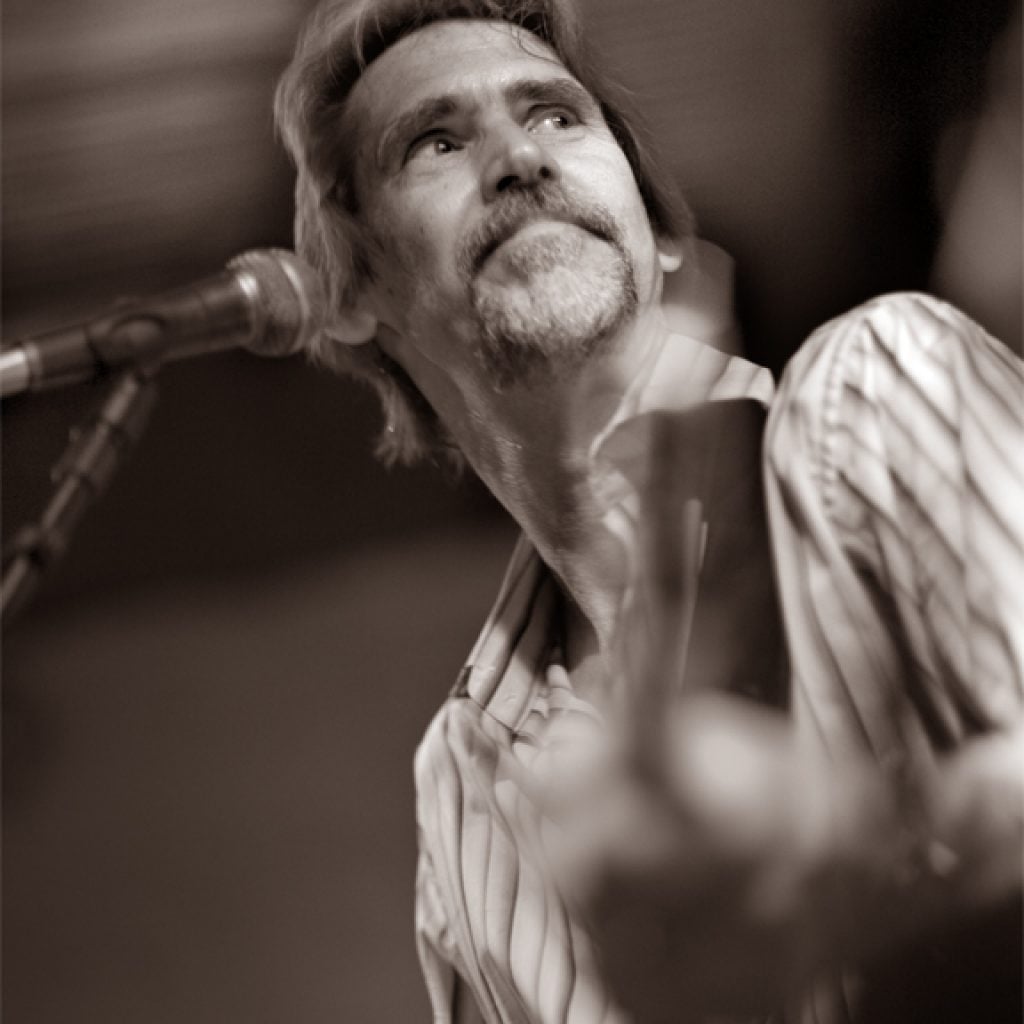
Bonnie Raitt has been a lot of things—a blues singer, a rock singer, arguably a jazz singer, occasionally a country singer, and eventually a blockbuster pop singer—and on “I Can’t Make You Love Me,” she pronounced herself the purveyor of a timeless, wrenching classic
Grunge. Wu-Tang Clan. Radiohead. “Wonderwall.” The music of the ’90s was as exciting as it was diverse. But what does it say about the era—and why does it still matter? 60 Songs That Explain the ’90s is back for 30 more episodes to try to answer those questions. Join Ringer music writer and ’90s survivor Rob Harvilla as he treks through the soundtrack of his youth, one song (and embarrassing anecdote) at a time. Follow and listen for free exclusively on Spotify. In Episode 63 of 60 Songs That Explain the ’90s—yep, you read that right—we’re breaking down Bonnie Raitt’s timeless “I Can’t Make You Love Me.”
Bonnie Raitt was born in Burbank, California, in 1949. She put out her first album, called Bonnie Raitt, in 1971, when she was 21 years old. Then she put out eight more records. Let’s call this Phase 1. But right from the very beginning of Phase 1, boy could Bonnie Raitt sing the bejesus out of the word love.
But you can’t sing the bejesus out of the word love like that if love hasn’t already kicked your ass a whole bunch of times.
That’s from her debut album. It’s an old blues ballad called “Since I Fell for You.” It rules. You know the song “Get Yourself Another Fool” by Sam Cooke? On Sam Cooke’s Night Beat record. Look into that one. Unbelievable. At 21 years old Bonnie’s already starting to operate on that level of poise and gravitas and pathos. Phase 1 of Bonnie Raitt comprises nine records in 15 years. No huge blockbuster chart-topping albums. No breakout singles. Just a steady and healthy and for quite a while a sustainable career bolstered by the fact that one day she’d write a song—it’s the last song actually on her 10th album, which will formally kick off Phase 2—called “The Road’s My Middle Name.”
Bonnie “The Road” Raitt. Put out solid records and tour your ass off. That’s Bonnie’s foundational idea. Another foundational idea: flexibility. She is a blues singer, and a rock singer, and arguably a jazz singer, and occasionally a country singer, and eventually a blockbuster pop singer. But for the first decade and a half, without any outrageous pop success, she enjoys what she’ll later call “a parallel career” to pop in a genre she once described to Stereogum like this: “There’s a format that always plays me, which they’ve called 10 different names over the years.” And then she lists some of those names: roots music. Americana. AOR: Album-oriented rock. She can be folk. She can be folk rock. She can be Southern rock. Honorary Southern rock. Yeesh. Don’t get hung up on any of this. Don’t be like me. Focus on the poise, the gravitas, the pathos, the hard-earned wisdom. Focus on her voice.
This is a song Bonnie wrote called “Nothing Seems to Matter.” Dope “Maggie May” vibes here. It’s on her second album, Give It Up, from 1972, which starts with another song Bonnie wrote called “Give It Up or Let Me Go.” The let me go is crucial. Don’t waste my time is a central theme of Bonnie Raitt’s love songs, notably, but the slightly risque nature of the phrase Give It Up is worth noting as well, I suppose.
If Bonnie Raitt first came to your attention in the late ’80s or early ’90s—which appeared to be the case for millions of people, some of whom were Grammy voters—then it might very well be that your first impression of her was as a 40-year-old veteran rock star on, like, her 11th album. Bonnie was one of this era’s great comeback stories, though she’s joked that calling it a comeback implies that she’d ever been a huge star to begin with. But one of the real joys of doing a Bonnie Raitt deep dive now, of luxuriating in Phase 1, is you get to experience her as a younger, presumably much wilder person, as a 20-something flamethrower in the 1970s trying to drink various old blues legends under the table, and succeeding.
This song’s called “Guilty.” From her third album, Takin’ My Time, in 1973. A melancholy horn section followed Bonnie Raitt everywhere she went for most of the ’70s, just in case she broke into song in the bathroom or something.
I hope she shared the cocaine with the horn section. She probably did. She seems like a super-nice lady. The silver-white streak, in Bonnie’s hair—if you’re like me, you even hear the name Bonnie Raitt and you picture her shrouded in this elegant, roaring campfire of deep red hair, with a silver-white streak in the middle, right? She says that streak started coming in naturally when she was 24, and by 1981 the streak was expanding while the red was fading, so she started dying her hair, but around the streak, to protect it, because as she told Parade magazine once, “I’ve been told it means you’ve been kissed by an angel.” That white streak is a bit on-the-nose, as metaphors go, yes? For a young instant-classic blues singer, for an old soul, for a masterful song interpreter who’d only just hit her mid-20s. It’s like she manifested that streak. Her fourth album, Streetlights, from 1974, that’s the one with her cover of John Prine’s “Angel From Montgomery.” Holy moley.
Listen, John Prine is John Prine, and I’m not gonna sit here and tell you that anybody can out–John Prine John Prine, but I do think Bonnie Raitt sings these lines with a singularly electrifying sense of exasperation.
So apparently this time out I am disinclined to inundate you with other artists and other songs, for whimsical and discursive purposes, and I am trying to honor my impulse to not indulge my usual whimsical discursive impulses, but it might just be that I got quite entranced by Phase 1 Bonnie Raitt. We might gotta speed this up. Let me briefly direct your attention, though, to her fifth album, from 1975, called Home Plate. First of all, the Home Plate album cover does indeed feature an exuberant Bonnie Raitt sliding into home plate, and I say to you now, with affection, that her sliding form is terrible, like she’s way out in front of home plate, which by the way appears to be shaped incorrectly—the sides are much longer than regulation—and her one leg is way too high, as though she is trying to kick the catcher in the face. Terrible sliding form, great album cover. And perhaps she’s trying to spike the catcher because the catcher is the gentleman to whom she directs the piano-driven heartbroken love song “My First Night Alone Without You.”
Piano-driven heartbroken love songs being somewhat of a Bonnie Raitt specialty, at this point, if you go in for, y’know, foreshadowing. The aching in her head might also be caused by whiskey, or cocaine, or the concussion she received from poorly sliding into home plate.
It’s weird, though, to have zero digressions, isn’t it? Is this too streamlined? Are you familiar with this show? If so, do you feel like you clicked on the wrong thing? You’re right. What about just one other Bonnie Raitt–caliber American icon, with a career running parallel to hers, just for reference, just to see what that double helix looks like? Let’s try this. Another deified singer-songwriter. Another old soul steeped in the blues without getting all pompous and Blueshammer-y about it. Also from California. Born in Pomona. That’s close! Bonnie’s from Burbank. That’s like a 40-minute drive! It probably isn’t. That’s just what Google Maps says. It’s probably like four hours. (My editor chimed in here to say, “Only a madman would do this drive.” There you go. Come to me with all your questions about Los Angeles geography.) Whatever. It doesn’t matter how long the drive is. This is gonna go great.
You recognize that voice? No? Yeah, I don’t blame ya. OK. Look at how well this works, actually. Also born in 1949. He’s less than a month younger than Bonnie Raitt. Also started kicking around in 1971 or so. OK, we’re doing it. This guy. This guy who also appears to be dealing with a “My First Night Alone Without You”–type situation.
The first Tom Waits studio album is called Closing Time, from 1973, he’s sitting at a dimly lit piano looking world-historically pensive and poetic, very similar vibe and lighting scheme to Bonnie Raitt on the cover of her first album, except she’s smiling; if you’re willing to put a bed and a piano in the same room you can imagine that they’re actually sitting in the same room, and Bonnie’s reclined there, somewhat amused, listening to her morose pal Tom pensively plinking at a piano. But let’s not belabor this comparison. This song’s called “Martha.” It’s the single best heartbroken piano ballad of the 1970s. It’s the “I Can’t Make You Love Me” of its era.
To hear the full episode click here, and be sure to follow on Spotify and check back every Wednesday for new episodes on the most important songs of the decade. This excerpt has been lightly edited for clarity and length.






 Visitors Today : 14
Visitors Today : 14 Now Online : 0
Now Online : 0






